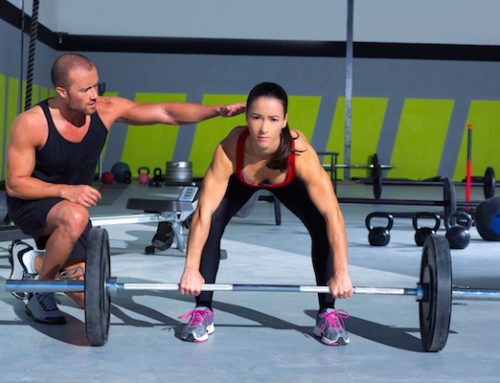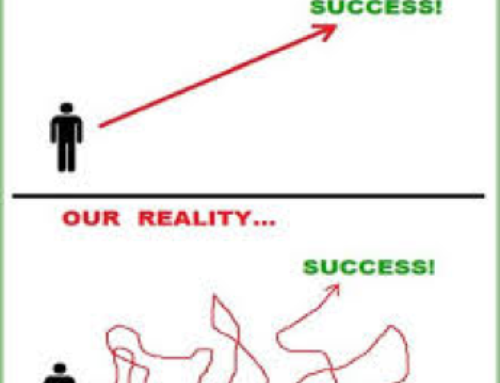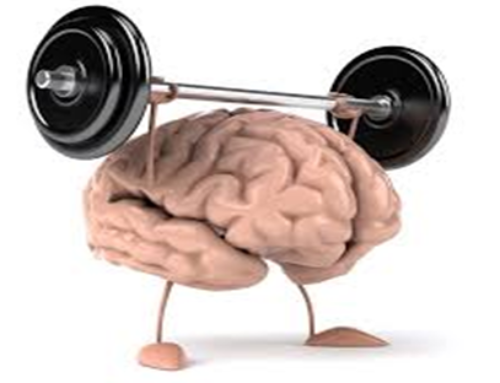When you push yourself to train hard in the gym, no doubt you will feel sore the next day or the day after. Therefore, recovery is very important, especially when it’s time to train again. But when it comes to injuries, it may take a little extra effort to recover faster. Physical injuries can also have an impact on your psychology, meaning, your mental health may be impacted if you can’t train the way you usually do, especially if not being able to train is holding you back from reaching a goal, whether that’s an event, a race, or a social gathering you may be training for. A study conducted by British Journal of Sports Medicine suggests that quantitative studies examining differences between injured and uninjured athletes have disclosed greater negative affect, lower self-esteem, and higher levels of depression and anxiety among the injured athletes.

7 Recovery Tips
But there’s still hope. You can always recover from a not-so-serious injury. Here are some tips from WebMD.com
- Mobility and Flexibility. Do dynamic stretching after a thorough warm-up. This will help increase mobility and flexibility. Dynamic stretches and mobility work is more beneficial than static stretches and will help prepare your body for the workout. It’s best to do some sort of mobility work every day.
- Ease into it. When you begin an exercise routine or start a new workout program, start slowly. Then gradually build up the intensity, duration, and frequency. It’s easy to go to hard to fast and end up to sore to train again.
- Cross-train. Vary your workout. Repeating the same muscle movements frequently can lead to overuse and repetitive-use injuries such as shin splints and tendinitis.
- Know your trouble spots. Tailor your workout for problem areas. For example, if you have arthritis in your knees, you’ll want to build up strength. But don’t do exercises that hurt. Check with your doctor and trainer. And be sure to start out lightly.
- Listen to your body. The “no pain, no gain” philosophy can set you up for an injury. You can get fit without feeling pain. Don’t push yourself to the point of pain. If you feel pain, you may be injured. Stop your workout, and rest for a day or so and focus on training movements rather than parts.
- Fuel your body. There’s a lot of talk and drive towards reducing calorie intake, remember however that food is fuel, without food and sufficient calories to fuel not only your workout but the rest of the day, your training will suffer, leading to fatigue, poor concentration, irritability and poor form in the gym.
- See a Conan Trainer. Before starting a weightlifting or training program, meet with one of our personal trainers. We will help identify your goals, analyse your movement patterns, and program an effective training plan to improve your strengths, overcome your weaknesses, train around and rehabilitate any current injuries and get you to your goals.

7 Ways Of Training Around Injuries
When it comes to training with injuries, spend your downtime focusing on the basics and dialing in movement patterns. This is not the time to train hard, this is the time to keep moving, maintain a good nutrition plan. Here are things from T-Nation that you need to know before you train:
- Recovery is your responsibility, it’s a process – like everything else – it takes patience, persistence, and a willingness to change your mindset and your methods. Don’t assume that medical practitioners will tell you everything you need to do to recover.
- Spend your downtime focusing on the basic movement patterns and working on your mobility, flexibility and mindset. It may be the perfect opportunity to try something new, like meditation, Pilates or yoga if these disciplines are not contra-indicated to your injury. Having an injury is often a good opportunity to learn a new and better way of moving.
- Recovery is aerobic in nature. Increasing your aerobic conditioning may help to speed recovery.
- Move every day, even the injured area if possible.
- Train around specific injuries. Upper body injuries are the easier to train around. Ensure that the training you are doing while injured is not creating imbalances that you will have to correct later down the track though!!
- Taking time off from movements that caused the injury isn’t a bad idea. If you concentrate on correcting imbalances, proper form of movement and core work, you’ll be able to get stronger faster once you resume your normal program
- Lower body injuries can be difficult to work around, but with a few good strategies, you can continue to train and retain most of your strength.
Do you have an injury you need to rehab or train around?
Why not call today and book an appointment with Tim our Exercise Physiologist and Rehab, specialist.





